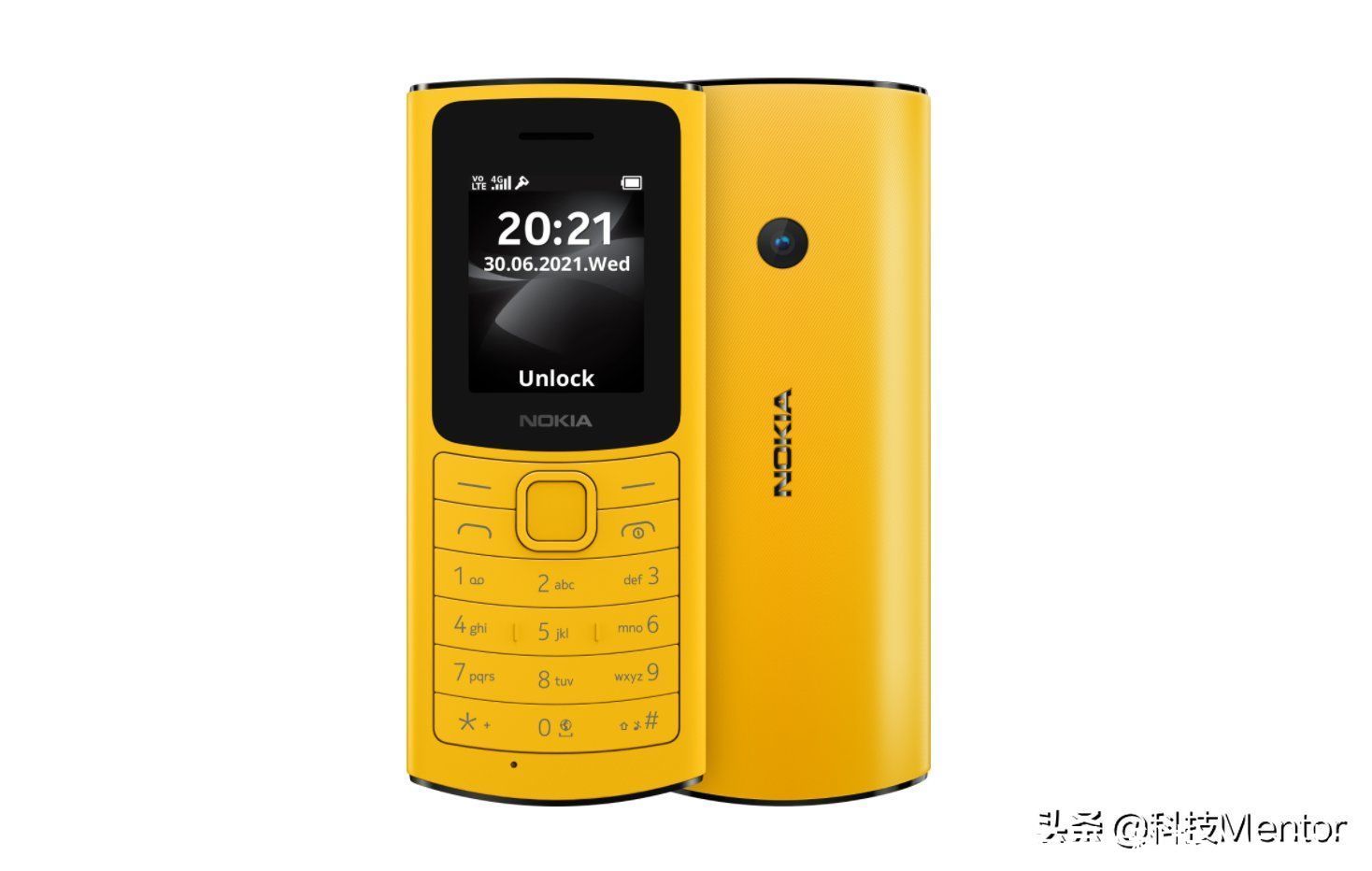{调取该文章的TAG关键词}|Futuristic Technologies That Helped Run Beijing 2022( 二 )
Robots sterilized the venues.
There were also robots that were tasked with an important job during a pandemic – sterilization. In order to reduce human interaction while ensuring the effectiveness of the sanitation, the Beijing organizing committee deployed a robot fleet to regularly sterilize the venues. In addition, there were also robots that were used for checking temperatures. Different from conventional temperature detectors, these robots could move around flexibly and ensured the staff could use them whenever and wherever it was necessary.
Smart beds The winter games introduced smart beds for athletes. They look exactly the same as ordinary ones. However, they are made of revolutionary materials and have innovative functions.
The smart beds use memory foam materials that can adjust to different body shapes. Inside the beds, there are sensors that will monitor the users’ sleep. The beds also come with remote controls that allow users to adjust the bed’s level to fit their usage.
The smart beds can wake up users gently by raising the bedside instead of sounding an alarm.

文章图片
The magical bed wakes up a sleeper gently.
In the evening, when users are sleeping, the smart beds will automatically adjust the pillow in accordance with the snoring sound that they detect from the users.
For athletes who need a longer bed, they can use the bed chair that comes with their bed, which elongates the bed to 2.2 meters or 2.4 meters.
Wearable thermometerAt the 2022 Beijing Winter Olympic Games, there were many hidden high-tech devices. For instance, a wearable thermometer that looks like a bandit was widely used at the sports event. The bandit-looking thermometer is equipped with a wireless electronic thermometer. It can be attached to the user’s armpit and accurately measure the user’s temperature.
The wearable thermometer is said to have an error margin of 0.1~0.2 degree Celsius. It transmits temperature data it recorded to a mobile application on smartphones. The wearable thermometer checks the user’s temperature once every three seconds. Once the temperature it recorded surpasses 37.3 degrees Celsius, the wearable device will automatically notify the pandemic control and prevention team. The thermometer also has a GPS unit, which allows the team to quickly locate users with abnormal temperature.
Besides ensuring participants of the winter games were safe from the pandemic, the wearable thermometer can also record the movement of its users.
4K livestream on cloudAt this year’s winter games, over 6,000 hours of livestream were recorded. It was imperative for the organizing committee to ensure the delivery of high-definition livestream since viewers across the globe cared about every detail of the games.
At the PyeongChang Olympic Winter Games in 2018, 4K livestream was already used, which provided more image information than conventional 1080P images. This ensured that viewers could see every movement of the athletes and even their facial expressions.
The Beijing 2022 took it further by relaying 4K livestreams of the competitions through cloud technology. This means that the livestreams did not solely rely on satellites to relay transmission across the globe but also through cloud .
【{调取该文章的TAG关键词}|Futuristic Technologies That Helped Run Beijing 2022】Viewers were able to watch the entire winter games on cloud. Cloud livestreaming helped reduce the number of facilities and equipment needed at the sports revenue to achieve livestream, drastically saving personnel. It also made it convenient for the media to livestream the sports event, display recaps of the competitions and add visual effects. Spectators were able to watch the games through multiple channels.
推荐阅读
- {调取该文章的TAG关键词}|百丽时尚集团向港交所递交IPO申请;奈雪降价,推出9到19元「轻松系列」;星巴克创始人第三次出任CEO|消研所周报
- 投稿|年轻人与“电动爹”和解了?
- 投稿|马斯克才是巴菲特传人
- 投稿|音乐无国界,只是个笑话?
- 投稿|疯狂的石头,碎于直播间
- 投稿|国潮彩妆的好时代结束了?
- 投稿|卖一辆亏一辆,零跑上市急什么?
- 新消费|新茶饮打起了“价格战”!喜茶之后,奈雪也降价了
- 投稿|疫情反复,餐饮人的撤退与坚守
- 人工智能|这条被欧美占据95%的赛道,中国该如何突围?














